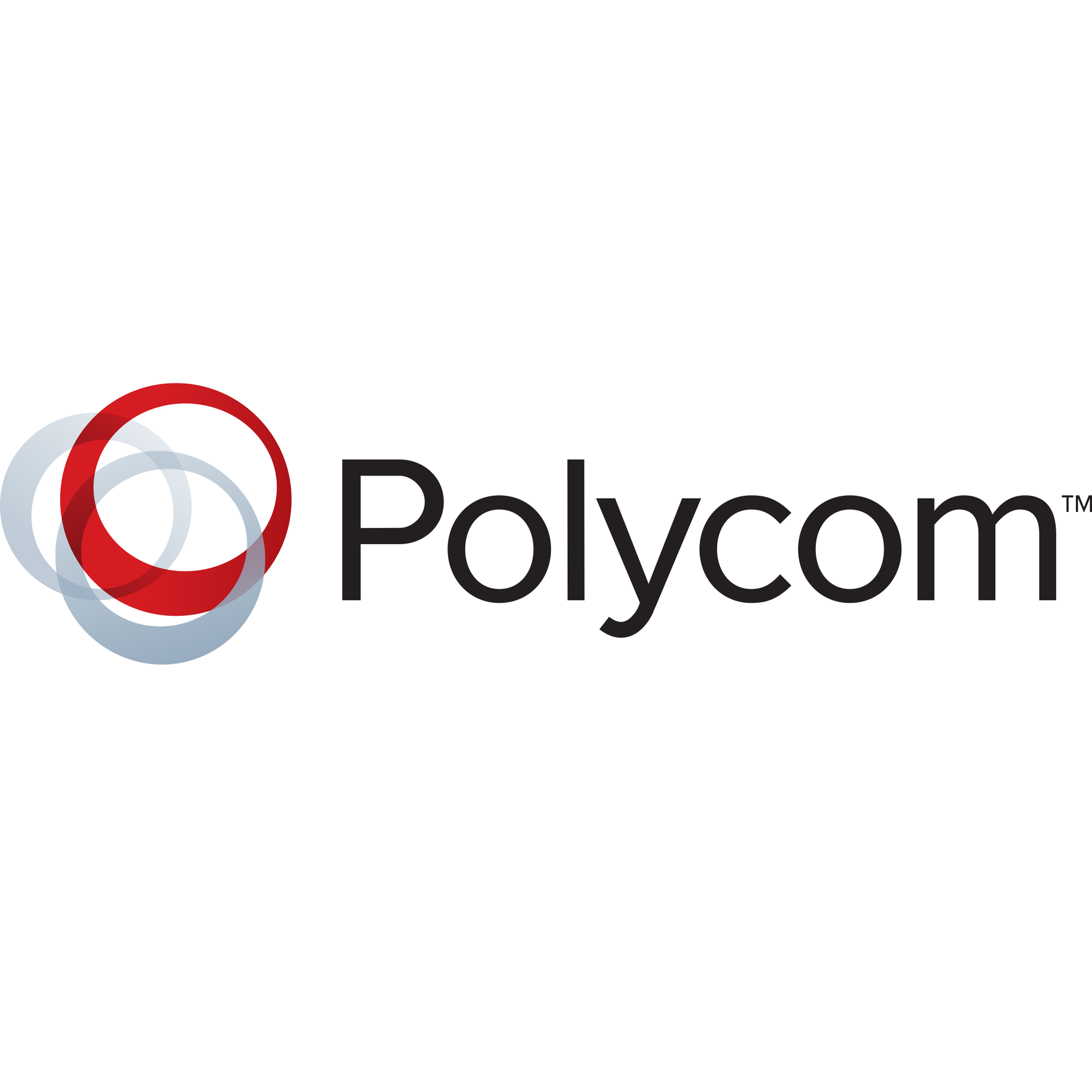 Polycom, Inc. (Nasdaq: PLCM), the global leader in open, standards-based unified communications and collaboration (UC&C), announced that its Polycom® RealPresence® Platform is serving as the backbone of a secure video collaboration environment for members of the North Atlantic Treaty Organisation (NATO), the alliance of 28 countries from Europe and North America focused on defence, security, and crisis management.
Polycom, Inc. (Nasdaq: PLCM), the global leader in open, standards-based unified communications and collaboration (UC&C), announced that its Polycom® RealPresence® Platform is serving as the backbone of a secure video collaboration environment for members of the North Atlantic Treaty Organisation (NATO), the alliance of 28 countries from Europe and North America focused on defence, security, and crisis management.
Polycom will demonstrate the universal collaboration capabilities of the RealPresence Platform, along with other video collaboration solutions, at the NATO Information Assurance and Cyber Defence Symposium(NIAS 2013) from September 17 to 19 in Mons, Belgium.
Through a NATO contract awarded to Science Applications International Corporation (SAIC), Polycom has become the video collaboration platform of choice for NATO employees and delegates who regularly meet face-to-face to confidentially negotiate diplomatic missions, organise humanitarian interventions, and plan NATO Response Force actions wherever NATO members are threatened. In the process, NATO is streamlining decision making and communication across broadly diverse cultures, saving hours or days of travel time for meeting participants, and reducing costs by replacing in-person travel with video meetings.
SAIC is installing Polycom RealPresence Platform components in all major NATO locations throughout Europe and North America. NATO’s stringent security requirements, combined with the need to communicate using a wide variety of legacy systems from multiple vendors, made the Polycom RealPresence Platform a natural choice to underpin the NATO collaboration environment. Polycom solutions are known for their strong security protections and open standards-based interoperability.
Accurate and clear communication is essential when representatives from 28 different countries and cultures are weighing issues central to their collective defense, yet those communications must be trusted and reliable to mitigate the security risks posed by new ways of working,” said Gus Mommers, Centre Head, Conference Management Services at the NATO Communications and Information (NCI) Agency. “At NIAS 2013, NATO’s IT community will learn how to modernise our IT infrastructure in ways that preserve information assurance. The solutions demonstrated here by SAIC and Polycom – many of which are already in use throughout NATO – are an important part of that information assurance landscape.
Network managers can use the same Polycom RealPresence Video Collaboration Serverto accommodate both the highly secure “NATO Secret” classification for confidential communications and “NATO Unclassified” for less sensitive meetings, such as resource planning, cost-effective training, or other essential daily business. Using Polycom’s firewall traversal solutions, network administrators can enable desktop or mobile video users to join meetings without putting NATO’s network at risk.
A scheduling application built with myVRM, a Polycom/ SAIC Technology Partner, allows authorised users to schedule video meetings based on the security classification of the rooms and endpoints available at a given time. Polycom’s interoperability with Microsoft Lync, used widely throughout NATO, also makes it easy for Microsoft Lync users to launch or join a video meeting and upgrade from a voice call to a video call.
Other features unique to Polycom, such as the ability to generate closed captioning, help ensure NATO members can always effectively communicate, even if some participants are hearing-impaired or require captions to fully understand what is being said. NATO also accelerates decision-making by sharing content across Polycom systems.
NATO’s work requires cooperation and collaboration, so the ability to meet face-to-face anywhere, anytime is a strategic advantage,” said Mark Escobar, SAIC Department of Defense Agencies and Commands Group senior vice president. “Polycom solutions met NATO’s requirements for security, interoperability, and ease of use. Combined with the scheduling system, the Polycom collaboration environment allows NATO to focus on the work at hand, and not on the technology needed to do it.
Whether engaged in peacekeeping, humanitarian missions, or military response in some of the world’s most dangerous locations, NATO stands up for people who all want the same thing: peace, security, and well-being,” said Tony D’Angelo, Vice President, Federal Operations at Polycom. “We’re proud SAIC chose Polycom to help NATO deliver on that mission.



